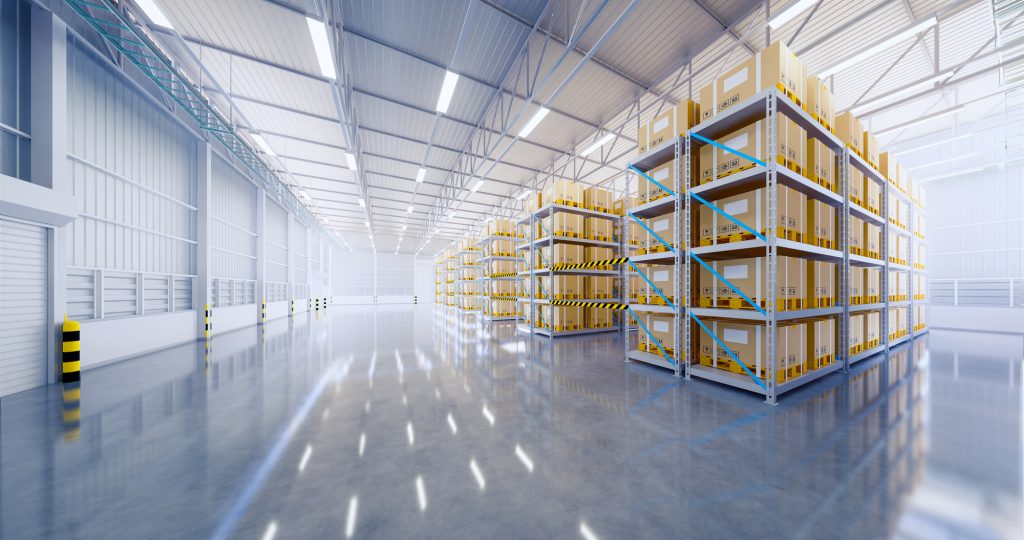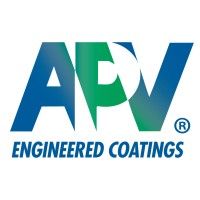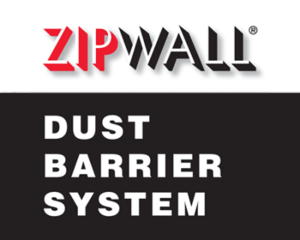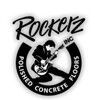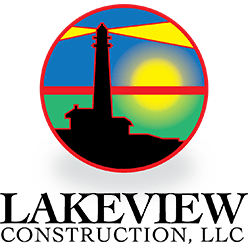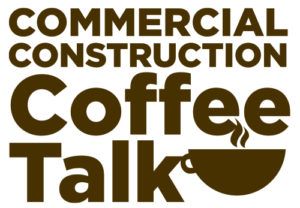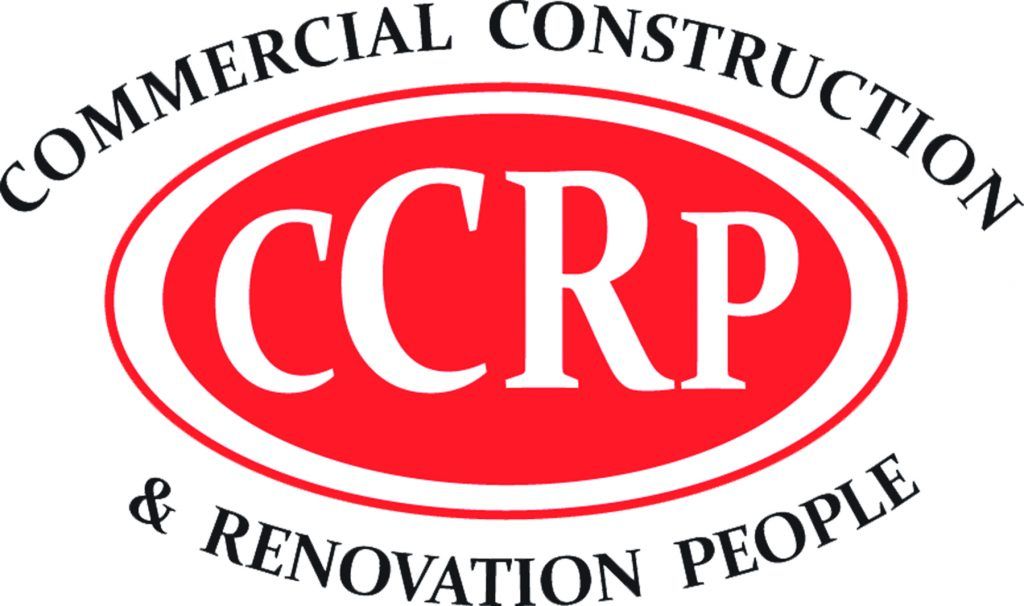Are you planning to build a modern industrial facility? If so, it’s a task not to be taken lightly. With the ever-evolving technological landscape and increasing environmental concerns, there’s a lot to consider.
In this era, the creation of a facility goes beyond brick and mortar. It’s about integrating technology, prioritizing safety, and planning for the future. But where do you start?
In this article, we’re going to explore four significant considerations that you should keep in mind. Each one plays a crucial role in the development of a facility that is not only functional but also sustainable and forward-thinking. Let’s unravel these considerations one by one.
1st Consideration: Sustainability
In today’s world, sustainability is no longer optional—it’s a necessity. A sustainable industrial facility helps protect the environment while enhancing your brand image and resulting in significant cost savings. Here are key areas to focus on:
- Energy Efficiency: Look beyond traditional energy-saving measures and consider state-of-the-art solutions. This could include smart energy systems that optimize usage in real-time, energy storage technologies that capture and store excess energy, and advanced renewable energy solutions like high-efficiency solar panels or wind turbines.
- Waste Management: Consider incorporating a smart waste management system that not only reduces, recycles, and reuses waste but also uses technology to monitor and manage waste effectively. Innovative solutions could include automated waste sorting or conversion technologies that transform waste into energy or other usable forms.
- Green Building Materials: Use eco-friendly building materials that leverage the latest in sustainability and technology. These could include durable materials that also contribute to the efficiency of the facility, such as self-healing concrete, energy-efficient insulation materials, or low-energy glass that helps regulate temperature.
By prioritizing sustainability, you’re making an investment not only in your business but also in the future of our planet. As we move forward, consider how technology can further enhance your facility’s productivity and efficiency.
2nd Consideration: Technological Integration
In the construction of a modern industrial facility, integrating technology from the ground up is vital. That’s why shortlisting the most reputable construction companies Perth can offer is a smart move.
Here’s what to consider:
- Smart Building Systems: Integrating smart building systems such as automated lighting, heating, ventilation, and air conditioning (HVAC), and security during the construction phase can lead to significant long-term savings. For instance, an intelligent HVAC system can adapt to changing conditions and usage patterns, reducing energy consumption.
- Infrastructure For Digital Operations: While the digital operations themselves may focus on business processes, the physical infrastructure to support these operations needs to be built into the facility. This could mean installing robust data cabling, server rooms, or Wi-Fi access points throughout the facility to support future digitization.
- IoT Infrastructure: Similar to the infrastructure for digital operations, planning for the Internet of Things (IoT) involves incorporating the physical supports for these devices. This could include everything from sensor-enabled lighting and temperature controls to smart devices for predictive maintenance.
By integrating technology into your facility from the start, you lay the foundation for a highly efficient, state-of-the-art industrial operation. While technology is crucial, it’s equally important to prioritize the safety of your facility and its workers.
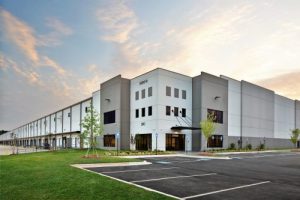
3rd Consideration: Safety Measures
In the construction and design of an industrial facility, ensuring safety should be at the forefront of your considerations. Here are modern safety features to incorporate into your design:
- Advanced Fire Safety Systems: Modern fire safety goes beyond sprinklers and alarms. Consider systems that use advanced detection technologies, like heat and smoke sensors, and automated suppression systems that can react quickly to mitigate damage.
- Integrated Ventilation Systems: Advanced HVAC systems not only control temperatures but also improve air quality, even in environments with potential exposure to dust or chemicals. Modern systems can monitor air quality in real time and adjust automatically to maintain a healthy environment.
- Intelligent Access And Egress Routes: Smart technology can enhance the safety of access and egress routes. For instance, use intelligent lighting systems that automatically light up in emergencies, guiding people to the nearest exit.
By integrating modern safety measures into your facility, you create a secure, efficient, and future-ready workplace. In addition to safety, it’s essential to design a facility that can adapt and scale to future needs.
4th Consideration: Flexibility And Scalability
As markets fluctuate and technologies advance, your facility needs to be ready for change. Building with flexibility and scalability in mind ensures you can adapt to future needs without costly and time-consuming overhauls. Here’s how:
- Modular Design: A modular design, built in sections or units, allows for easy expansion or reconfiguration of your facility as needs evolve. For instance, a new production line can be added in the future without a complete facility redesign.
- Future-Proof Infrastructure: Include infrastructure that supports future upgrades, like robust electrical and data systems. For example, advanced wiring systems installed today can support higher data speeds in the future.
- Space Planning: Thoughtful space planning accommodates potential changes in equipment, inventory, or staff. Consider potential growth and plan your space accordingly. For instance, leave room for additional storage racks or office spaces for future expansion.
By considering flexibility and scalability, you’re creating a facility that’s ready to grow and evolve with your business. This approach ensures your facility remains a valuable asset, regardless of what the future holds.
Final Thoughts
Building a modern industrial facility requires careful consideration of sustainability, technological integration, safety measures, and flexibility. By prioritizing these aspects, you create a facility that is not only efficient and future-ready but also aligned with environmental consciousness.
Investing in these considerations sets the stage for a successful and sustainable facility.


